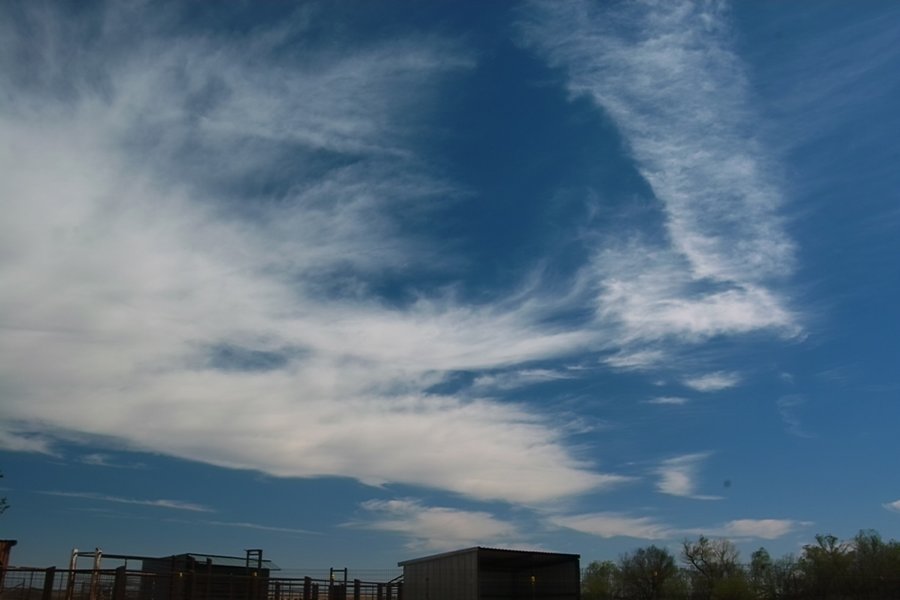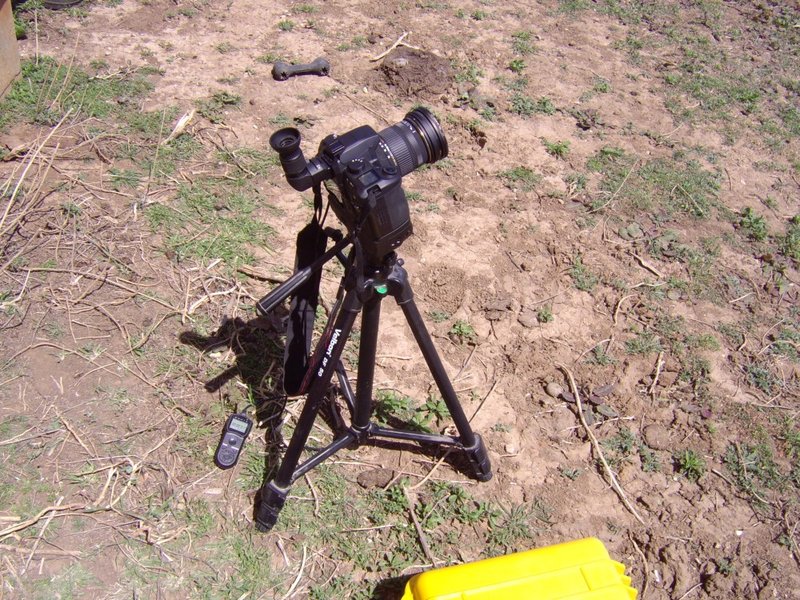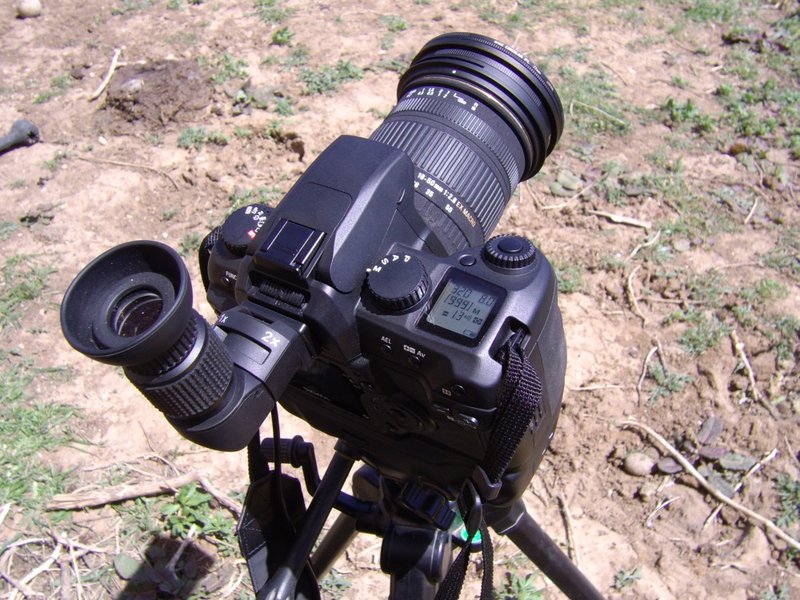Steaphany
Well-Known Member
First, my thanks goes to Uwe allowing me to post the link to my vimeo video.
Ever since I was a child, I loved the look and magic achieved with time lapse photography. So, along with all the other toys that I accumulated to go along with my SD14, a priority was an intervalometer. I found the TM-Series Multi-Function Timer Remote Control manufactured by JJC through ebay which claimed to be compatible with the SD14. I had to open it up and see why it "didn't work" and found they soldered the Shutter lead to the Camera Common. The circuit board had the Focus lead correctly soldered to the AF terminal and there was nothing tied to the SH terminal. Moving the Shutter lead fixed the problem and now my intervalometer properly controls both the auto focus and shutter, functioning like the Sigma CR-21 cable release, while also providing complete control for automated interval shooting.
My first opportunity to shoot a time lapse was on April 5th. A cold front just came through and the sky was filled with a procession of cirrus clouds. Starting at roughly 11:00 AM, I located my tripod mounted SD14 on the East side of my house so that it would be sheltered from the strong winds. I used my Sigma 18-50mm f2.8 EX DC Macro lens set to 18mm. I added my Sigma C-PL polarizing DG filter and adjusted it to bring out the darkest sky. The exposure was set to Manual, 1/320th Shutter, f8, ISO 100, Sunlight white balance. I manually focused the image and this is a sample:
View attachment 1375
Since I intended to compile the images into a time lapse video, I set the SD14 to shoot Norm quality JPG with a Low, 1296x864, resolution, the very first time I ever used these settings. This also has the advantage of a small file size with under a one second write time. I then set my JJC TM-Series intervalometer to trigger the shutter every 5 seconds and and then I baby sat everything for 128 minutes as my SD14 accumulated 1540 images.
In post processing, I opened the first frame in Paint Shop Pro and used it to create a series of title "Key Frames" each saved as 1296x864 JPGs. In Animation Shop, I opened the key frames and inserted transitions to to blend between the key frames with fades. The frames were then saved off as sets of 1296x864 JPGs. I then used IrfanView's batch processor to copy the five title frame sets, totaling 300 images, along with the 1540 SD14 images into a single series of files numbered consecutively, a requirement of the next step. All 1840 JPGs where then loaded into VirtualDub as an image sequence where I then set the Compression to XviD, Frame rate to 25 frames per second, and I added a filter to resize the final video to 648x432. The AVI file produced by Virtual Dub was just over 2MB in size. Here is the result:
My Cirrus Cloud Time Lapse
Vimeo reduces the image size further and, on my computer viewed through FireFox, the flow of the video has slight random pauses. When I view the time lapse with Winamp locally on my computer in the original 648x432 resolution, the animation is smooth.
I was a bit disappointed by the results of all this work. Through out the shoot, I would occasionally check through the SD14's viewfinder to see how the image was being framed, but I did not realize the wind was blowing my hair in front of the lens. :z04_menno: Next time I'll know better and I'm really looking forward to shooting time lapses of the storms which will soon be coming.
Ever since I was a child, I loved the look and magic achieved with time lapse photography. So, along with all the other toys that I accumulated to go along with my SD14, a priority was an intervalometer. I found the TM-Series Multi-Function Timer Remote Control manufactured by JJC through ebay which claimed to be compatible with the SD14. I had to open it up and see why it "didn't work" and found they soldered the Shutter lead to the Camera Common. The circuit board had the Focus lead correctly soldered to the AF terminal and there was nothing tied to the SH terminal. Moving the Shutter lead fixed the problem and now my intervalometer properly controls both the auto focus and shutter, functioning like the Sigma CR-21 cable release, while also providing complete control for automated interval shooting.
My first opportunity to shoot a time lapse was on April 5th. A cold front just came through and the sky was filled with a procession of cirrus clouds. Starting at roughly 11:00 AM, I located my tripod mounted SD14 on the East side of my house so that it would be sheltered from the strong winds. I used my Sigma 18-50mm f2.8 EX DC Macro lens set to 18mm. I added my Sigma C-PL polarizing DG filter and adjusted it to bring out the darkest sky. The exposure was set to Manual, 1/320th Shutter, f8, ISO 100, Sunlight white balance. I manually focused the image and this is a sample:
View attachment 1375
Since I intended to compile the images into a time lapse video, I set the SD14 to shoot Norm quality JPG with a Low, 1296x864, resolution, the very first time I ever used these settings. This also has the advantage of a small file size with under a one second write time. I then set my JJC TM-Series intervalometer to trigger the shutter every 5 seconds and and then I baby sat everything for 128 minutes as my SD14 accumulated 1540 images.
In post processing, I opened the first frame in Paint Shop Pro and used it to create a series of title "Key Frames" each saved as 1296x864 JPGs. In Animation Shop, I opened the key frames and inserted transitions to to blend between the key frames with fades. The frames were then saved off as sets of 1296x864 JPGs. I then used IrfanView's batch processor to copy the five title frame sets, totaling 300 images, along with the 1540 SD14 images into a single series of files numbered consecutively, a requirement of the next step. All 1840 JPGs where then loaded into VirtualDub as an image sequence where I then set the Compression to XviD, Frame rate to 25 frames per second, and I added a filter to resize the final video to 648x432. The AVI file produced by Virtual Dub was just over 2MB in size. Here is the result:
My Cirrus Cloud Time Lapse
Vimeo reduces the image size further and, on my computer viewed through FireFox, the flow of the video has slight random pauses. When I view the time lapse with Winamp locally on my computer in the original 648x432 resolution, the animation is smooth.
I was a bit disappointed by the results of all this work. Through out the shoot, I would occasionally check through the SD14's viewfinder to see how the image was being framed, but I did not realize the wind was blowing my hair in front of the lens. :z04_menno: Next time I'll know better and I'm really looking forward to shooting time lapses of the storms which will soon be coming.
Attachments
-
 EXIFSDIM1545s.jpg323.6 KB · Views: 15
EXIFSDIM1545s.jpg323.6 KB · Views: 15

